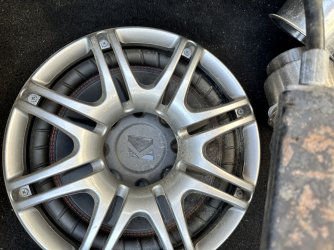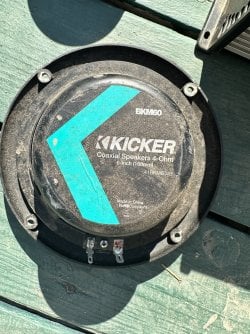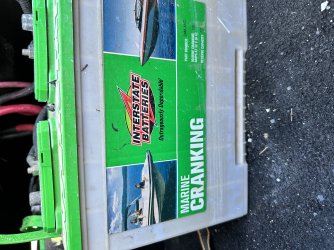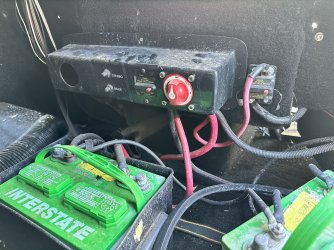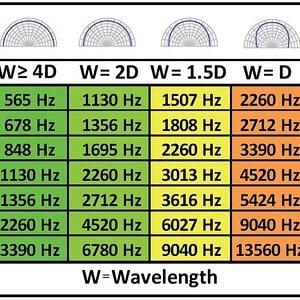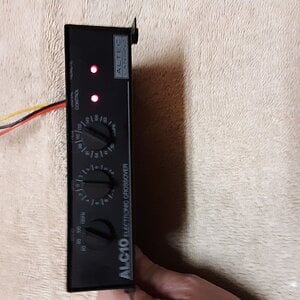spkerfreak
CarAudio.com Newbie
Hi everyone, this installation is actually on a boat, but the concept is the same with some small differences. I just got a 2011 Centurion Avalanche. I’m looking to upgrade the speaker system a bit. Looking to add 4 Wetsounds Rev 10’s (300 wats RMS at 4 ohms) with 2 Wetsounds HTX-6 amps.
The boat currently has 4 Kicker BKM60 speaker (50 RMS at 4 ohms) and, a 12” kicker sub (not sure of the parameters) and a Wetsounds HTX-6 amp. This is all powered by 2 marine interstate batteries (model 24M-XHD, 1000 cranking amps, reserve capacity 135).
1. My question is if there’s enough juice in those two batteries, or will I need to add more batteries?
2. If more batteries are needed any idea on how to link them? All tied together in a string, or have a common connection point?
3. Is there any pug-in charging system that someone could recommend for charging all these batteries at the same time. Something that I could build into the boat with a plug on the outside that I could just plug a cable into.
4. Is there a need to upgrade the alternator or is the stock one good enough? I believe the stock alternator puts out something like 65-90amps.
The boat currently has 4 Kicker BKM60 speaker (50 RMS at 4 ohms) and, a 12” kicker sub (not sure of the parameters) and a Wetsounds HTX-6 amp. This is all powered by 2 marine interstate batteries (model 24M-XHD, 1000 cranking amps, reserve capacity 135).
1. My question is if there’s enough juice in those two batteries, or will I need to add more batteries?
2. If more batteries are needed any idea on how to link them? All tied together in a string, or have a common connection point?
3. Is there any pug-in charging system that someone could recommend for charging all these batteries at the same time. Something that I could build into the boat with a plug on the outside that I could just plug a cable into.
4. Is there a need to upgrade the alternator or is the stock one good enough? I believe the stock alternator puts out something like 65-90amps.

